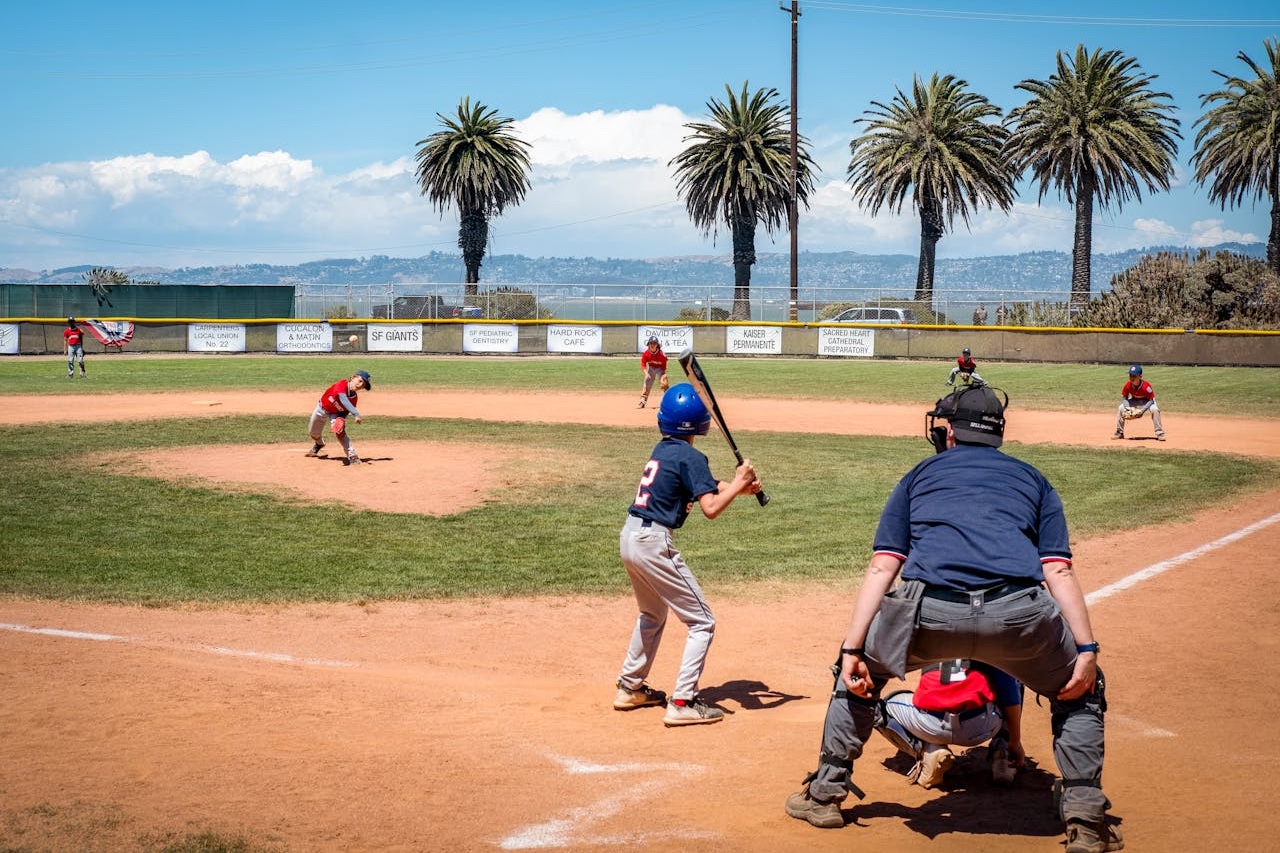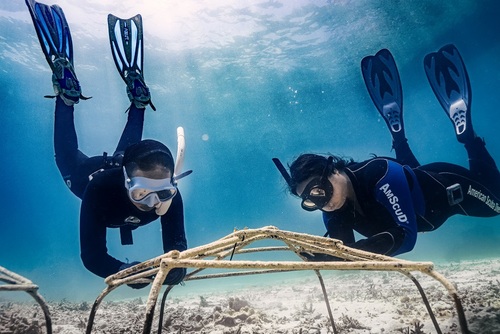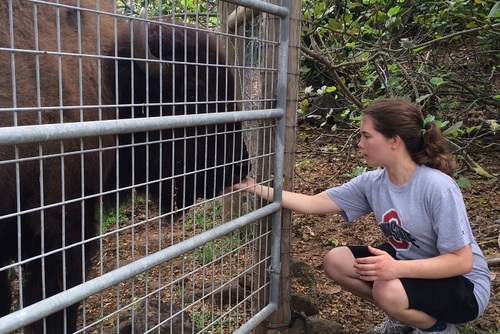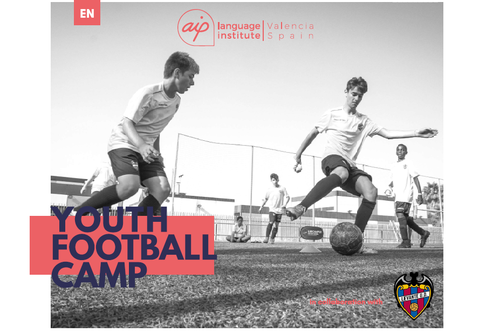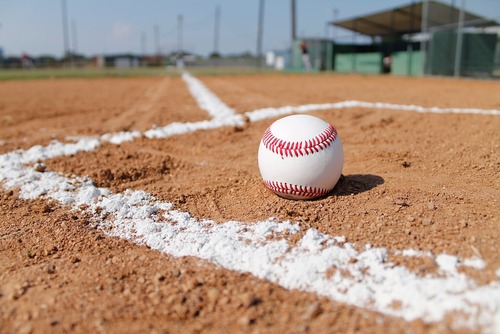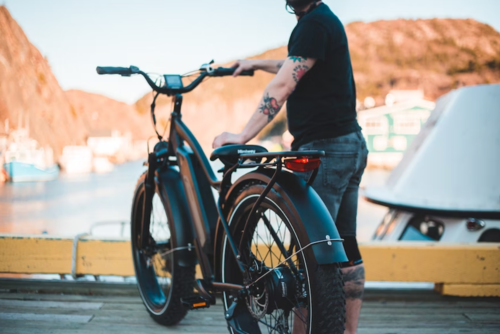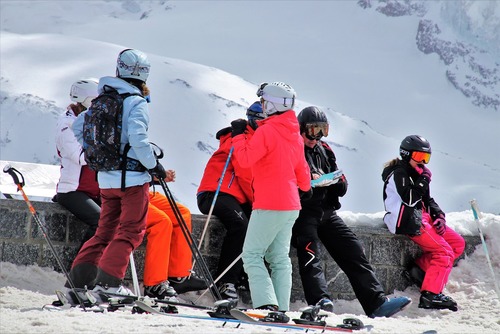This guide aims to simplify the selection process by providing a detailed breakdown of essential gear, ensuring that young players are well-equipped and safe on the field.
Understanding the Basics of Little League Baseball Equipment
Little League Baseball is a youth sports organization that provides children with the opportunity to play baseball in a structured, competitive environment. It's designed to teach the fundamentals of the game, promote teamwork, and foster a love for the sport. Understanding the basics of the equipment used in Little League is crucial for ensuring both safety and enjoyment.
Why Proper Equipment is Crucial
The right equipment can make a significant difference in how safely and effectively you play the game. From bats and gloves to helmets and cleats, each piece plays a pivotal role in your overall game performance and protection.
It's essential to choose gear that fits properly and meets league standards to prevent injuries and enhance your playing experience. For a wide selection of high-quality baseball gear, Anytime Baseball Supply is a great resource to explore.
Here are some key pieces of equipment you'll need:
- Bat
- Glove
- Helmet
- Cleats
Proper equipment not only helps in improving performance but also significantly reduces the risk of injuries on the field.
Choosing the Right Bat for Your Little Leaguer
When you're selecting a bat for your little leaguer, the material makes a significant difference. Most bats are either composite or alloy, each with its own benefits. Composite bats are lighter and offer a larger sweet spot, ideal for those just starting out. Alloy bats, on the other hand, are typically more durable and provide a quicker break-in period.
Size and Weight Considerations
Choosing the right size and weight of the bat is crucial for your child's comfort and performance. Here's a quick guide to help you:
- Ages 6 & Under: Tee Ball Bat -12 to -8
- Ages 7 - 10: -8 to -5
- Ages 11 - 13: -3
- Ages 14 & Up: Check with specific league requirements
Remember, the right bat will not only fit your child's age but also their skill level and the specific regulations of the league they are playing in.
The Essential Glove: Finding the Perfect Fit
When you're choosing a glove, the type you select can greatly impact your performance and comfort on the field. Baseball gloves come in various types, including models like the Rawlings Rev1x, Pro Preferred, and Heart of the Hide, or Wilson's A2000 and A2K series. Each type offers unique benefits, so consider what matches your playing style and position.
Breaking In Your Glove
Breaking in your glove is crucial for achieving the best fit and comfort. A premium steer hide glove, for instance, is durable but requires time to soften. Focus on the hinge area of the glove, as this is where it needs to flex the most. Regular use and proper care will gradually mold the glove to the shape of your hand, enhancing your grip and control over the ball.
Batting Helmets: Ensuring Safety on the Field
When choosing a batting helmet, it's crucial to ensure it meets the NOCSAE safety standards. This certification guarantees that the helmet can withstand high impacts and provide the necessary protection on the field. Most leagues will require this certification, so always check the label before purchasing.
Choosing the Right Fit
A properly fitting helmet is just as important as the safety standards it meets. You should aim for a snug fit where the helmet does not wobble on the head and the ear holes line up with your ears. Here’s a quick guide to help you find the right size:
- XS (6 3/8 - 6 1/2)
- S (6 5/8 - 6 3/4)
- M (6 7/8 - 7)
- L (7 1/8 - 7 1/4)
- XL (7 3/8 - 7 1/2)
Remember, a helmet that doesn't fit properly can compromise safety, so take the time to try different sizes and ensure a perfect fit.
The Importance of Cleats: Traction and Safety
Types of Cleats
When selecting cleats for Little League players, understanding the different types available is crucial. Molded plastic cleats are the most common and are praised for their durability and comfort.
Metal cleats provide superior grip, especially in wet or muddy conditions, but are often restricted to older league divisions due to safety concerns. Turf cleats, resembling sneakers, are ideal for artificial surfaces and offer minimal grip, making them suitable for dry conditions or indoor use.
Choosing the Right Size
Ensuring your cleats fit properly is essential for both comfort and safety. Cleats that are too large can cause blisters and slips, while too tight a fit can lead to discomfort and restricted blood flow. Here's a simple guide to help you choose the right size:
- Measure your child's feet at the end of the day when they are largest.
- Wear the socks that will be used with the cleats during the fitting.
- Ensure there is a thumb's width between the front of the cleat and the toe for optimal comfort.
- Walk around in the cleats to ensure they feel secure and comfortable.
Note: Always prioritize comfort and safety over style when choosing cleats, though involving your child in the selection can boost their confidence on the field.
Tee Ball and Beyond: Essential Gear for Young Players
When you're starting out in tee ball, the right equipment can make all the difference. Your first essential is a new batting tee, crucial for practice and training. A highly recommended option is the PVTee from ProMounds, known for its portability, versatility, and durability. It features a flex-pivot that makes it nearly impossible to knock over, which is ideal for teaching the fundamentals of batting without the frustration of constantly resetting the tee.
- Batting Tee: PVTee from ProMounds
- Helmet: Ensure it meets safety standards
- Glove: Size-appropriate for small hands
Transition to Little League
As your child transitions from tee ball to Little League, upgrading their gear is essential for both performance and safety. A better set of gear not only enhances performance but also ensures greater protection.
Consider upgrading to more durable equipment that can withstand the rigors of more competitive play. It's also a good time to introduce a more structured training regimen, possibly incorporating a Deluxe Batting Tee, which is designed to accommodate players of all heights and mimics more realistic hitting scenarios.
Remember, the right gear can significantly impact your child's enjoyment and performance in the game.
Equipment Bags: Keeping Gear Organized
When it comes to managing all your baseball gear, choosing the right equipment bag can make a world of difference. These bags are not just about carrying your items; they're about keeping everything accessible and organized.
Whether you're heading to practice or gearing up for a big game, the right bag ensures you're never scrambling for your gear.
Types of Bags
There are several types of equipment bags to consider, each designed for different needs and preferences:
- Backpacks: Compact and easy to carry, ideal for players who prefer something lightweight.
- Bat Packs: Specifically designed to hold bats securely while providing space for other essentials.
- Duffle Bags: Offer more space and flexibility, suitable for players who carry extra gear.
- Catcher's Bags: Larger and designed to accommodate all catcher's equipment including pads and helmets.
- Wheeled Bags: Best for those who prefer not to carry their gear, making transport over long distances easier.
Must-Have Features
When selecting an equipment bag, look for these essential features to enhance convenience and functionality:
- Multiple Compartments: Helps in organizing gear efficiently, ensuring that everything has its place.
- Durable Material: Ensures that your bag withstands wear and tear throughout the season.
- Comfortable Straps: Important for ease of carrying, especially when the bag is fully loaded.
- Ventilated Sections: Keeps gear aired out and helps in reducing odors.
- Easy Access Pockets: Useful for items that you need to grab quickly, like keys or a phone.
By investing in a well-designed equipment bag, you not only keep your gear organized but also protect it, ensuring that you're always game-ready. Learn how to pack your bag like a pro.
Protective Gear: Safety First
Ensuring the safety of Little League players is paramount, and the right protective gear is a key component of that safety. You'll want to equip your young athlete with the necessary items to shield them from potential injuries during the game.
Catcher’s Gear
Catcher's gear is essential for protecting the player who faces the fastest pitches and frequent foul balls. It typically includes:
- Catcher's helmet or mask
- Chest protector
- Shin guards
These items are specially designed to absorb the impact of the ball and provide coverage for the most vulnerable areas.
Additional Protective Items
Beyond the basic catcher's gear, consider additional protective items for your player's safety:
- Face Guards
- Wrist Guards
- Leg Guards
- Ankle Guards
- Elbow Guards
Each piece of equipment serves to protect specific areas that are at risk during play, ensuring that your child can enjoy the game with reduced risk of injury.
Conclusion
Equipping your Little League player with the right gear is not just about enhancing performance, but also about ensuring safety and comfort on the field. From selecting the perfect bat to finding the right fit for gloves and helmets, each piece of equipment plays a crucial role.
Remember, the best gear is the one that suits your child's current level of play and provides the necessary protection. Use this guide as a starting point to make informed choices about the baseball equipment that will help your young athlete shine and stay safe during their Little League adventures.

